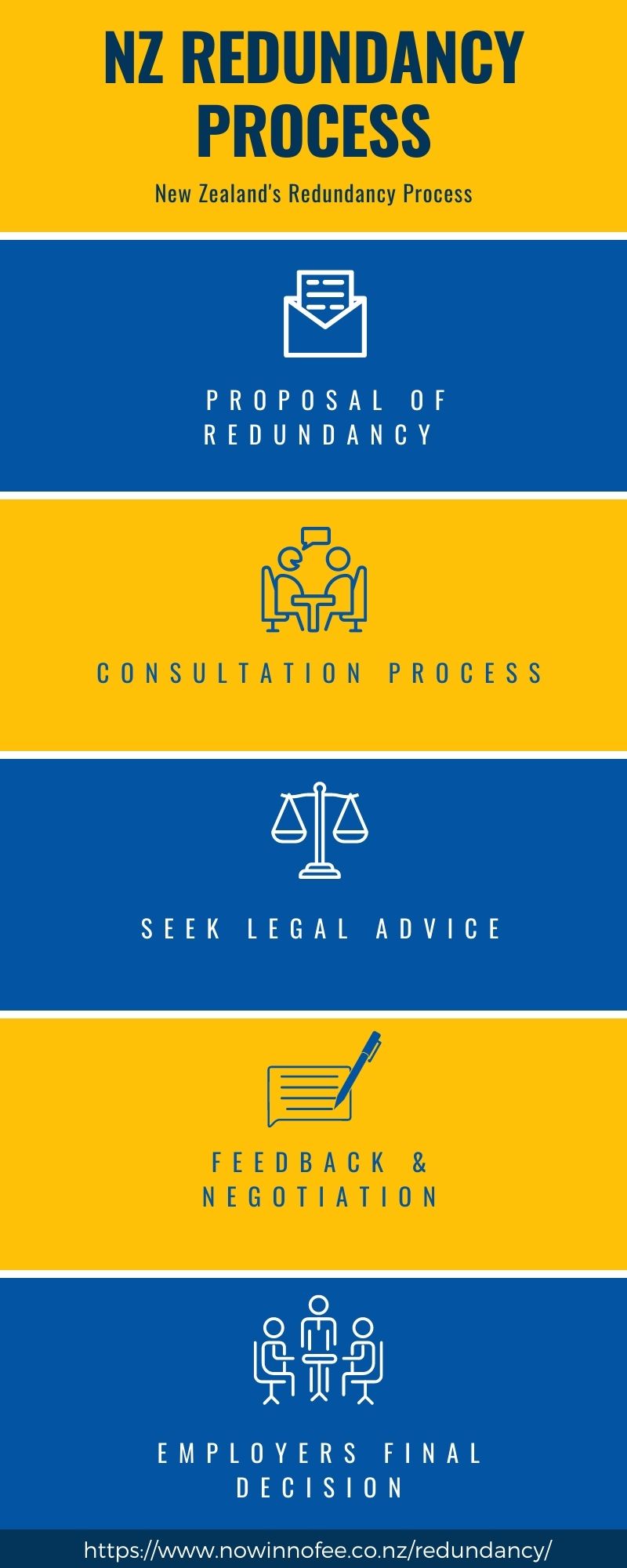If a Company Goes Bust Who Pays Redundancy? Legal Insights for UK Worker
If a Company Goes Bust Who Pays Redundancy? Legal Insights for UK Worker
Blog Article
Discovering the Operational Characteristics of Company Redundancy and Its Long-Term Sustainability

Redundancy Strategies for Business Connection
In order to make certain undisturbed procedures, services should execute efficient redundancy techniques for business continuity. Redundancy in this context describes the replication of crucial components or functions within a system to mitigate the effect of potential failings. By including redundancy strategies, companies can enhance their resilience against interruptions triggered by various factors such as natural catastrophes, tools failures, or cyber-attacks.
One common redundancy approach is the execution of back-up systems and information storage space services. This involves producing matches of vital information and systems that can be triggered in case of a main system failure. Additionally, companies can develop redundant interaction channels and power resources to keep connection and procedures throughout unexpected events.
Moreover, cross-training workers to do several duties within the business can function as a valuable redundancy method. This ensures that crucial tasks can still be accomplished also if vital workers are inaccessible due to health problem or other factors. Overall, efficient redundancy methods are important for services to support operational continuity and lessen the effect of prospective interruptions.
Effect of Redundancy on Business Resilience
Given the vital duty redundancy strategies play in making sure organization continuity, checking out the influence of redundancy on organizational durability ends up being essential for recognizing the all natural operational dynamics of a business. Redundancy, when strategically applied, can significantly contribute to improving a company's resilience in the face of unforeseen challenges.
In addition, redundancy can bolster employee morale and self-confidence, understanding that there are backup plans in position to address unpredicted situations. This sense of protection can lead to boosted efficiency and a much more positive workplace. In addition, redundancy can cultivate innovation and imagination within a company as staff members feel encouraged to take computed threats, understanding that there is a safeguard to sustain them in case of failure. On the whole, the influence of redundancy on business durability is extensive, shaping the long-lasting sustainability and success of a firm.
Balancing Efficiency and Adaptability in Redundancy
Attaining an unified balance between functional efficiency and adaptive flexibility is a pivotal difficulty in the calculated implementation of redundancy within companies. Reliable procedures are crucial for maintaining productivity and cost-effectiveness, making certain that sources are made use of ideally. Nonetheless, extreme emphasis on effectiveness alone can lead to rigidity, making it hard for organizations to adapt to unanticipated changes or obstacles. On the other hand, flexibility permits organizations to react nimbly to evolving circumstances, cultivating innovation and strength. site Yet, as well much flexibility without a solid operational foundation can result in ineffectiveness and incongruity.
To balance effectiveness and flexibility in redundancy preparation, organizations must carefully analyze their functional needs, market dynamics, and calculated goals. Implementing lean practices can improve effectiveness by getting rid of and improving procedures waste, while cultivating a culture of adaptability and constant improvement can improve versatility. Furthermore, purchasing cross-training programs and robust communication networks can aid cultivate a functional workforce efficient in taking care of varied jobs during periods of change. Ultimately, discovering the best balance between effectiveness and versatility is vital for developing a resistant and sustainable organization despite unpredictability.
Long-Term Sustainability With Redundancy Preparation
To guarantee enduring stability and security, companies should tactically align their redundancy planning with lasting sustainability objectives, consequently harmonizing functional efficiency with adaptive versatility. Business must see redundancy not as a responsive option to prompt troubles but as a proactive strategy for long-term success.

Aggressive Actions for Lasting Firm Operations
Exactly how can firms proactively enhance their functional sustainability for lasting success? Carrying out proactive measures is important for firms aiming to make sure lasting operations.
Furthermore, fostering a society of constant renovation and understanding within the organization can improve adaptability to changing market problems and client demands. Urging staff member participation in decision-making procedures and supplying possibilities for expert growth can increase spirits, efficiency, and total performance. Establishing clear goals, keeping an eye on key efficiency signs, and routinely reviewing progress are important elements of positive sustainability administration.
Working together with providers, customers, and various other stakeholders to promote lasting techniques throughout the supply chain can create a surge impact of favorable influence - redundancy pay if company goes bust. By taking positive steps in the direction of functional sustainability, firms can develop durability, drive technology, and secure their lasting success in an ever-evolving company landscape
Conclusion

In the realm of business administration, the strategic deployment of company redundancy stands as a critical yet elaborate practice that necessitates a delicate balance in between operational effectiveness and lasting viability. By dissecting the functional characteristics that underpin business redundancy and evaluating its broader implications for organizational resilience and flexibility, a nuanced understanding of just how redundancy techniques can form the future trajectory of a business begins to unfold.Provided the essential role redundancy methods play in making certain organization connection, exploring the influence of redundancy on business resilience comes to be essential for comprehending the holistic operational dynamics of a firm. On the whole, the influence of redundancy on organizational strength is extensive, forming the lasting next sustainability and success of a business.
In final thought, recognizing the operational dynamics of company redundancy is important for guaranteeing lasting sustainability.
Report this page